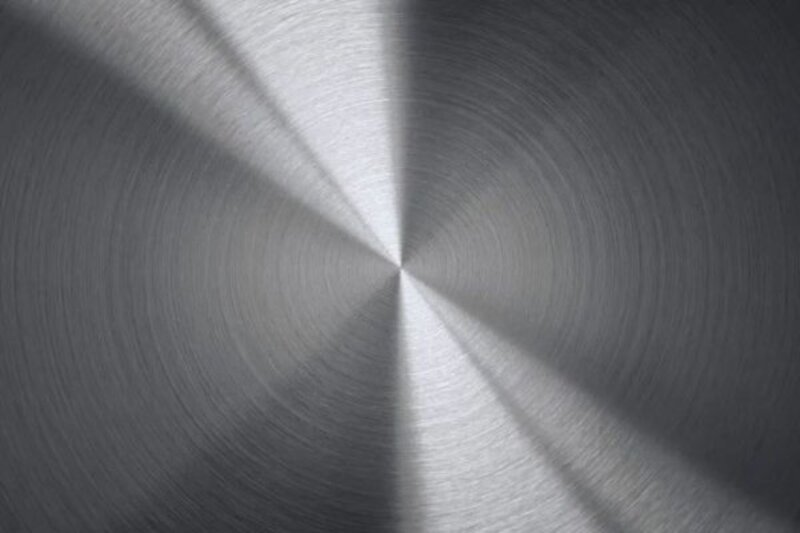
Current Location : Home > News > Industry News > Stainless Steel Terms
Stainless Steel Terms
Time:2021-07-30
Source:Wuxi Hongwang
Hits:318
Austenitic stainless steel
Austenitic stainless steel is a stainless steel having an austenitic structure at room temperature. When the steel contains about 18% of Cr, about 8% to 10% of Ni, and about 0.1% of C, it has a stable austenite structure. The austenitic chromium-nickel stainless steel includes the famous 18Cr-8Ni steel and the high Cr-Ni series steel developed by adding Cr and Ni content and adding Mo, Cu, Si, Nb, Ti and other elements on this basis.Austenitic stainless steel is non-magnetic and has high toughness and plasticity, but its strength is low. It is impossible to strengthen it through phase transformation. It can only be strengthened by cold working. If S, Ca, Se, Te and other elements are added, it has good machinability.
In addition to resistance to oxidizing acid media corrosion, austenitic stainless steel can also be resistant to corrosion by sulfuric acid, phosphoric acid, formic acid, acetic acid, urea, etc. if it contains elements such as Mo and Cu. If the carbon content in this type of steel is less than 0.03% or contains Ti and Ni, its resistance to intergranular corrosion can be significantly improved. High-silicon austenitic stainless steel with concentrated nitric acid has good corrosion resistance.
As austenitic stainless steel has comprehensive and good comprehensive properties, it has been widely used in various industries.
Martensitic stainless steel
Martensitic stainless steel is a stainless steel whose mechanical properties can be adjusted by heat treatment. In layman's terms, it is a kind of hardenable stainless steel.Typical grades are Cr13 type, such as 2Cr13, 3Cr13, 4Cr13, etc.After quenching, the hardness is relatively high, and different tempering temperatures have different strength and toughness combinations. It is mainly used for steam turbine blades, tableware, and surgical instruments.
According to the difference in chemical composition, martensitic stainless steel can be divided into martensitic chromium steel and martensitic chromium-nickel steel; according to the different structure and strengthening mechanism, it can also be divided into martensitic stainless steel, martensitic and semi- Austenitic (or half martensitic) precipitation hardening stainless steel and maraging stainless steel, etc.
Precipitation hardening stainless steel
Precipitation hardening stainless steel refers to the addition of different types and quantities of strengthening elements on the basis of austenite or martensite structure, and different types and quantities of carbides, nitrides, carbonitrides and intermetallics are precipitated through the precipitation hardening process. Compound, high-strength stainless steel that not only improves the strength of steel but also maintains sufficient toughness, referred to as PH steel.Precipitation hardening stainless steel can be divided into martensite type, semi-austenite type and austenitic type according to the metallographic structure of its matrix.
Precipitation hardening stainless steel has high strength, high toughness, high corrosion resistance, high oxidation resistance and excellent formability, weldability and other comprehensive properties, and is widely used in cutting-edge industries and civil industries such as nuclear industry, aviation and aerospace industries.
Ferritic stainless steel
Ferritic stainless steel is a stainless steel whose main structure is ferritic in the state of use. The chromium content is between 11% and 30%, and it has a body-centered cubic crystal structure.This kind of steel generally does not contain nickel, and sometimes also contains a small amount of Mo, Ti, Nb and other elements. This kind of steel has the characteristics of large thermal conductivity, small expansion coefficient, good oxidation resistance, and excellent stress corrosion resistance. It is mostly used to make atmospheric resistance. , Water vapor, water and oxidizing acid corroded parts.
This type of steel has disadvantages such as poor plasticity, significantly reduced plasticity and corrosion resistance after welding, which limits its application. The application of out-of-furnace refining technology (AOD or VOD) can greatly reduce interstitial elements such as carbon and nitrogen, so this type of steel is widely used.
Austenitic-ferritic duplex stainless steel
Austenitic-ferritic duplex stainless steel is a stainless steel in which austenitic and ferritic structures each account for about half.In the case of low C content, the Cr content is 18% to 28%, and the Ni content is 3% to 10%. Some steels also contain alloying elements such as Mo, Cu, Si, Nb, Ti, and N.
Austenitic-ferritic duplex stainless steel has the characteristics of both austenitic and ferritic stainless steel. Compared with ferrite, it has higher plasticity and toughness, no room temperature brittleness, and remarkable intergranular corrosion resistance and welding performance. Improve, while maintaining the brittleness of ferritic stainless steel at 475°C, high thermal conductivity, and superplasticity. Compared with austenitic stainless steel, it has high strength and significantly improved resistance to intergranular corrosion and chloride stress corrosion.
Austenitic-ferritic duplex stainless steel has excellent pitting corrosion resistance and is also a nickel-saving stainless steel.

Hongwang Group is a professional manufacturer and supplier of cold rolled stainless steel. Welcome to contact us.
Related News
Is thinner better? Just the right electrical steel thickness in the motor
2023-02-07Why and how do the stator and rotor "roll"?
2024-03-16The global motor iron core market will reach 18.97 billion US dollars In 2023
2023-12-21Non-oriented electrical steel project statistics
2023-11-22Research on Transformer Core Optimization Design Based on Electromagnetic Simulation
2025-01-11Application of stainless steel plate in bathroom cabinet
2022-09-06






